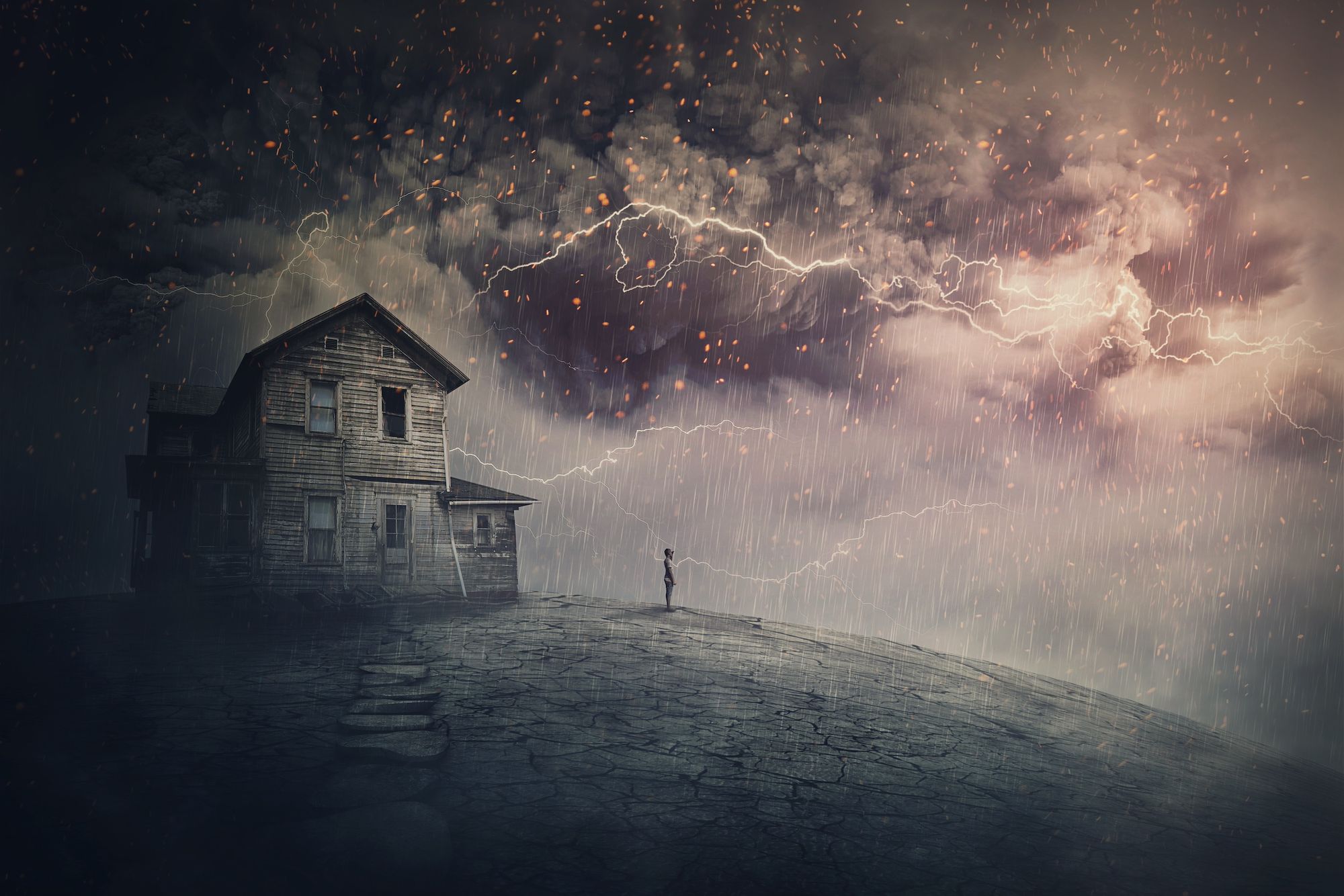
Booktober Reads for Horror Writers
If you’re mulling over what genre to tackle next as a writer, consider that horror has long been one of the most evergreen genres, both as a crowd-pleaser and as a way for emerging writers to cut their teeth in the entertainment and publishing industries.
The fortunate happenstance that Halloween and National Book Month coincide means that literary enthusiasts have a great excuse (as if they needed one!) to dive into some spine-tingling tales.
Whether they danced in the shadows of campfire stories from the distant past, echoed from the macabre madness of Poe’s The Tell-Tale Heart, crept in through the Victorian Era holiday-horror of Dickens’ A Christmas Carol, slithered down the walls of the often campy eldritch pulp horror of the early 1900s, or wafted up from the subconscious of sleek and somber modern elevated horror, these writers’ ominous oeuvres have served as inspiration for each up-and-coming generation of authors and screenwriters alike.
With that in mind, here are five page-turners that will raise your spirits and have you saying “fang you very much!”
The Halloween Tree by Ray Bradbury
A fantastic book for all ages, the story follows a group of trick-or-treaters who chase an ominous magical being through history to save their best friend’s life.
Bradbury was born in Waukegan, Illinois in 1920. Although he wrote several books and short stories with similar themes, this one stands alone as the most unabashedly Halloween-centric of them all.
Animation historian Jim Korkis wrote in an article for Cartoon Research that Bradbury pitched the idea for the story to animation giant Chuck Jones as a result of his daughters' and his own disappointment at viewing the depressing and unsatisfying ending of "It’s The Great Pumpkin, Charlie Brown." Originally written as an animated television special in 1967, then adapted as a book published in 1972 before finally being adapted back into screenplay form for an Emmy-winning animated television movie released in 1993, this story had quite a journey. As an added bonus for you anthropology buffs out there, the story also delves into much about the history of Halloween in different cultures.
This work encompasses all of the best aspects of the rich, descriptive visual writing and voicey narration for which Bradbury is known, while wrapping it up in a thrilling and imaginative story about love, friendship, and a fantastical bit of wishful thinking about the grim realities of death.
It also shows that any story you write can have a second life if you persevere, whether in another medium or otherwise. If you really love and believe in something you created, don’t abandon it altogether. Try going at it from a different angle and maybe something will shake loose!
Dracula by Bram Stoker
A story about a vampire who spreads corruption and death until he’s finally stopped.
Stoker was born in Dublin, Ireland in 1847. The frightening themes and social zeitgeists captured in the story appeal as much to today’s audiences as they did for readers more than a century ago.
According to Time, Stoker began researching and writing the original version of the book in 1890, intending it to be an account of true events. His editor, afraid of its effect on the public during the Ripper murders in Whitechapel at that time, told Stoker that he would need to significantly alter the story and publish it as fiction. After years of rewrites, and apparently cutting the first 101 pages, the version of Dracula that became a household name in occult gothic fiction was published in 1897.
You can probably buy a copy at just about any bookstore, or check it out at the library. Or, since it’s now in the public domain, you can also read and download a copy from Project Gutenberg.
The Horror on the Links by Seabury Quinn
A pulpy murder mystery involving genetic experimentation, transmutation, and twisted revenge.
Quinn was born in Washington, D.C. in 1889. The introduction to the 2017 edition of this book notes that in the same period from 1925 to 1933 when famous horror authors like H.P. Lovecraft and Robert E. Howard also wrote for the magazine Weird Tales, the most popular offerings at that time were stories written by Quinn about an occult detective named Jules de Grandin, who bore more than a passing resemblance to a cross between Sherlock Holmes and Hercule Poirot.
Feeling that his stories were too unsophisticated, and that their own works held greater literary value, Quinn's contemporaries actively suppressed the re-publishing of his stories in later years. Although they’re now a footnote in horror writing history as a result, it’s easy in retrospect to see how Quinn's stories influenced not only his peers but many of the themes and formulas still seen in popular horror. As such, the Jules de Grandin stories are good research-reading for the aspiring horror writer.
Frankenstein; or, The Modern Prometheus by Mary Shelley
The story of a man created through the assembly and reanimation of parts of deceased men, who then goes to violent extremes in pursuit of companionship and freedom.
Shelley was born in London, England in 1797. The book was originally published anonymously in London in 1818, and then published with her name on it in Paris in 1821. It’s possible that the story might have been influenced by her travels near Frankenstein Castle in Germany, where a local physician had experimented on cadavers and claimed to have invented an “elixir of life.”
The story itself came about when Shelley, her husband, and a group of friends were stuck indoors due to bad weather and entertained each other by telling spooky stories. Another work that came out of the impromptu writing retreat was John Polidori’s The Vampyre.
Sometimes touted as the first science-fiction author of the modern age, versions of her story continue to be told and retold in books and films to this day. And, as you might have guessed, this and similar instances of creative get-togethers are often still looked upon as inspiration for weekend writing retreats. As with Dracula, this book is in the public domain and can be read for free at Project Gutenberg.
Storm Front by Jim Butcher
In this neo-noir urban fantasy, a wizard who works as a police consultant and private detective solves a series of grisly and salacious murders that were committed using dark magic.
Butcher was born in Independence, Missouri, in 1971. This debut novel by the author, and first book in a series featuring protagonist Harry Dresden, was published in 2000.
Think your school writing assignments are just for practice? Maybe not. Butcher wrote the first partial draft of this novel as a homework assignment for a graduate writing course at University of Oklahoma only a few years before it got published. Ponder how you can work your interests and hobbies into your writing, too.
This and the subsequent novels show influences ranging from pop culture and high fantasy literature to noir detective novels and, some have speculated, live-action and tabletop role-playing games.
A couple fun bits of trivia: an audiobook version narrated by actor James Marsters during the height of his popularity as Spike on the TV version of “Buffy the Vampire Slayer” came out in 2002, and a short-lived but entertaining TV series adaptation came and went in 2007.
Feeling Inspired Yet??
What better way to celebrate Booktober, and possibly your writing career, than by reading these five stories containing thrills, chills, and bumps in the night!
And if you’re totally new to the horror genre, these recommended reads are a great way to test the waters before jumping in as a writer.
Happy reading, happy writing, happy National Book Month, and of course happy Halloween!
*Feature image by psychoshadow (Adobe)

